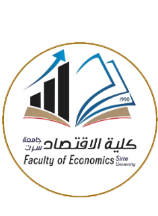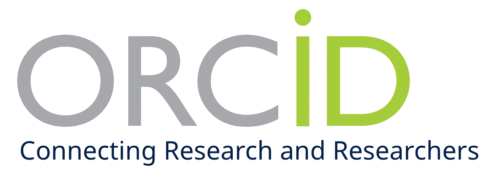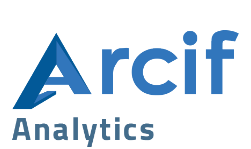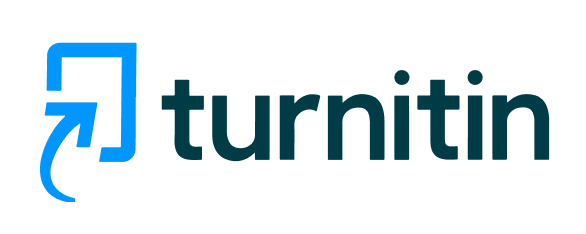الصناعة البتروكيمياوية في ليبيا (الواقع والتحديات) في ظل التوجه نحو التنويع الهيكلي
الكلمات المفتاحية:
اليوريا، الميثانول، الايثلين، الأمونيا، منظمة التجارة العالميةالملخص
هدفت هذه الدراسة إلى التعرف على وافع الصناعة البتروكيمياوية في ليبيا ، ومدى مساهمتها في تنويع هيكل الاقتصاد الليبي ، وأهم التحديات التي تواجهها ، وتحد من قدرتها على تأدية هذا الدور ، وقد استندت الدراسة في تحقيق أهدافها إلى المنهجين الوصفي والتحليلي ، وذلك لتشخيص الواقع الحالي لهذه الصناعة وتحليل مسبباته وتداعياته .
وقد خلصت الدراسة إلى عدة نتائج من أهمها انطواء ليبيا على مقومات مهمة تنبئ بقدرتها على إقامة صناعة بتروكيمياوية ناجحة ، كما توصلت إلى أن الهيكل الإنتاجي للصناعة البتروكيمياوية وصادارتها قد تركزا على أربع منتجات رئيسية هي اليوريا ، والأمونيا ، والميثانول ، والايثيلين ، وتركزت صادراتها جغرافياً في منطقة أوروبا الغربية ، وتوصلت أيضاً إلى ضعف اسهام هذه الصناعة على الصعيدين الإنتاجي والتصديري في تنويع هيكل الاقتصاد الليبي ، وأخيراً توصلت الدراسة إلى معاناة الصناعة البتروكيمياوية في ليبيا من عدة معوقات تركزت في السوق ، والبيئة ، وتحديات منظمة التجارة العالمية WTO ، وسياسات الدول الصناعية ، إضافة إلى القيود المفروضة على التكنولوجيا ، وضعف جهود البحث والتطوير محلياً .
المراجع
• B.J Groenendaal & D.J Gielen, The Future of the Petrochemical Industry- A MARKAL-MATTER Analysis, MARKAL-MATTER Project, 1999.
• Deger,Saygin et. al, chemical and petrochemical sector, Potential of best practice technology and other measures for improving energy efficiency, IEA information paper, International Energy Agency (IEA), 2009.
• Department of alternative Energy Development & Efficiency (DEDE), Ministry of Energy, Thailand, Astudy on Energy Efficiency Index in Petrochemical Industry, , 2006.
• Dolf Gielen, Kamel Bennaceur, Ceciliatam, IEA Petrochemical Scenarios For 2030 –2050, Energy Technology Perspectives, International Energy Agency, 2008.
• Dr. Jaap Kalkman, Dr. Alexander Keller, Global petrochemicals – Who is really benefitting from the growth in the new world, Roland Berger Strategy Consultants, 2012.
• Food and Agriculture Organization of the United Nations FAO, World fertilizer trends and outlook to 2018, Rome, 2015.
• Global Chemicals Outlook.(2013). Towards sound management of chemicals.
• Gulf Petrochemical and Chemical Association GPCA.(2013). Global Fertilizer Trends-Opportunities- Challenges for GCC Producers.
• Hassani, H., Silva, E. S., & Al Kaabi, A. M. (2017). The role of innovation and technology in sustaining the petroleum and petrochemical industry. Technological Forecasting and Social Change, 119, 1-17.
• HIS Chemicals.(2015).Global petrochemical market outlook-impact of energy extremes. Market outlook workshop. 6-7 August 2015.Chicago. International Monetary fund IMF.(2017). World Economic Outlook. International Trade Centre ITC, List of importing markets for a product exported by Libya, 2001 – 2014, ITC calculations based on UN COMTRADE statistics. International Trade Centre ITC. (2018). Online statistical database. www.trademap.org. 20.01.2018.
• Methanol Market Services Asia (MMSA), Appendices: Appendix A Global Capacity Tables,
• http://www.methanolmsa.com, 07, 2015.
• Organization Of The Petroleum Exporting Countries (OPEC), Annual Statistical Bulletin, 2013.
• Patrick Heffer and Michel Prud’homme, 80 th IFA Annual Conference Doha (Qatar), 21-23 May 2012, A/12/69, Fertilizer Outlook 2012-2016, International Fertilizer Industry Association (IFA).
• Ravanchi, M. T., & Sahebdelfar, S. (2014). Carbon dioxide capture and utilization in petrochemical industry: potentials and challenges. Applied Petrochemical Research, 4(1), 63-77.
• Saxena, A K & Singh, N. (2017). Indian Petrochemical Industry Challenges and Opportunities, Imperial journal of Interdisciplinary Research, 3(8) 103-113.ctober
• Tashani, O. A. (2009). The Scientific Research in Libya: The Role of the New Generation of Researchers. The Libyan journal of medicine, 4(4), 129.
• United Nation, Cometrade & Service trade statistics, 2014. Methanol Market Services Asia
• United Nations Environment Programme (UNEP), Global Chemical Outlook, 2013.
• Yasser F Nassar, Kaiss R Aiss and Samer Y Alsadi. (2017). Air Pollution Sources in Libya, Journal




































